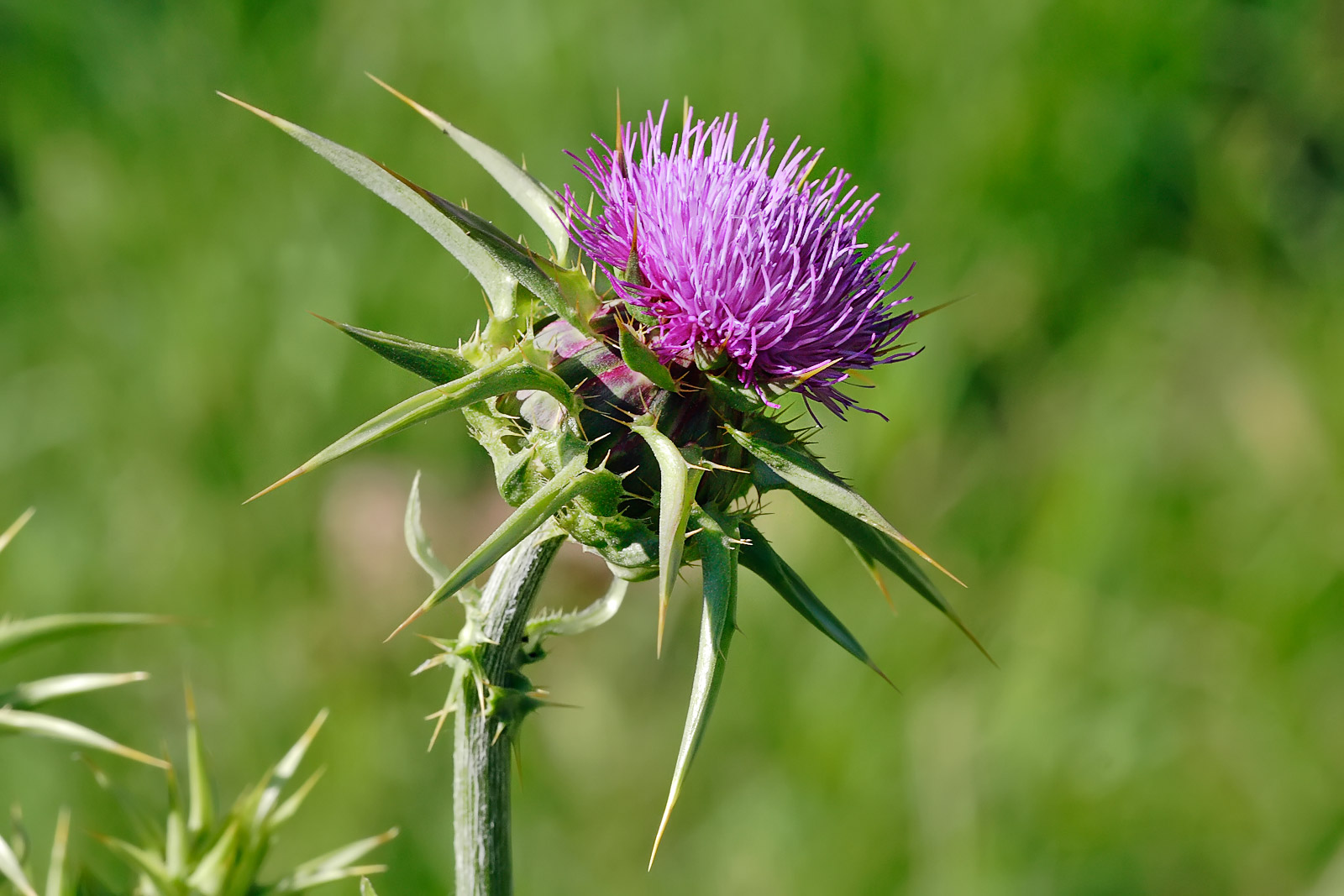In a time when food security is becoming an increasingly
fraught issue, when organic growers are being pushed further into the margins
and the onslaught of genetically-modified foods is growing ever more vicious,
increasing our individual and national self-sufficiency is vital. The intrinsic
unsustainability of so-called conventional farming as well as constant
instability in oil prices could soon herald crisis which threatens the ready
availability of food in our shops and supermarkets.
As more information has become available about the health
dangers caused by artificial pesticides, insecticides and fertilizers, as well
as the untold harm caused by GM foods in our diets, the popularity of the
movements such as organic and grow-it-yourself has increased greatly in recent
years. Allotments and community gardens have once again become staple sights in
our urban landscape and new concepts such as guerrilla gardening have helped to
brighten up sites left vacant after the collapse of the building industry.
In addition to such initiatives, many have returned to raiding
nature’s larder as a means of broadening the variety of foods in their diets,
as well as recapturing the simple pleasures of gleaning mushrooms, nuts, roots
and wildflowers – long-forgotten past-times to many.
For thousands of years, Irish people have supplemented their
diets by taking advantage of the many types of free food that nature provides. Necessity
meant that many had to turn to foraging in order to combat the uncertainty of
the Irish climate which meant that food could be scarce. Poverty and strife meant that people became increasingly dependent on what
they could forage from the wild.
In early times, seaweed was harvested both as a natural
fertilizer and as a nutritious food. The spring tide closest to St. Brigid’s
day was known as Rabharta na Féile Bríde,
and was considered the most favourable tide of the year for collecting seaweed.
Dilisc and Carraigín are two examples of Irish seaweeds which historically helped supplement the Irish diet as they are full of nutrients such as calcium, magnesium, iron, protein as well as vitamins A, C, D, E, K and B12. Today, they are exported
around the world for use in food and cosmetics, as well as being an excellent natural fertiliser.
Long considered the bane of well-manicured lawns, the
dandelion is a tenacious foe to many gardeners and often falls victim to
chemical weed-killers. However, few are aware of what beneficial aid it can be
to organic gardeners. The deep roots of the dandelion also taps nutrients sourced from deep
within the soil and brings them up to the surface. Dandelion tea is a wonderful organic feed which can give plants like
tomatoes an extra boost. The leaves of the dandelion can be boiled or simply
eaten raw in a salad. They are a natural super-food, filled with essential vitamins
and minerals such as beta-carotene, vitamins A and C, iron, calcium and protein,
among others. As well as being decorative, the flowers can also be eaten raw or
cooked.
In Ireland, many people overlook the painful stings which nettles cause because of their healthful properties. When young shoots are picked early in spring, they can be added to water and drunk as a soothing
and relaxing tea which helps calm acid indigestion. They can also be boiled in a
soup or blanched to remove the sting and used as an alternative to spinach or other cooked greens in
many recipes. They are a delicious source of anti-oxidants, as well as vitamins A,
C and E, calcium and iron.
Also unjustly ignored as a food source due to their spiny
and forbidding appearance is the humble thistle. Young shoots can be eaten in
salads, and roots can be chopped and fried. Always wear gloves and take care when
harvesting as they can give you a nasty sting.
It goes without saying that one should only forage for food
on land which has not been chemically sprayed or is located too close to roads. Be sure
that you source wild foods from areas away from toxic dumping or effluent
pipes. In order to safely enjoy the healthful benefits of these foods, know
what you are picking. Stay away from unfamiliar weeds or mushrooms, and by all
means buy a reputable guide to plants and familiarise yourself with the ones
that are safe to eat.
I recommend the seminal ‘Food for Free’ by Richard Mabey
as a starter primer. It was originally limited to English plants but the new edition features Irish plants as well. From time to
time, the Organic Centre in Leitrim runs courses on ‘Foraging for wild herbs and plants’, taught by Joerg Mueller. Keep an eye on their website for this and
other interesting courses.



No comments:
Post a Comment